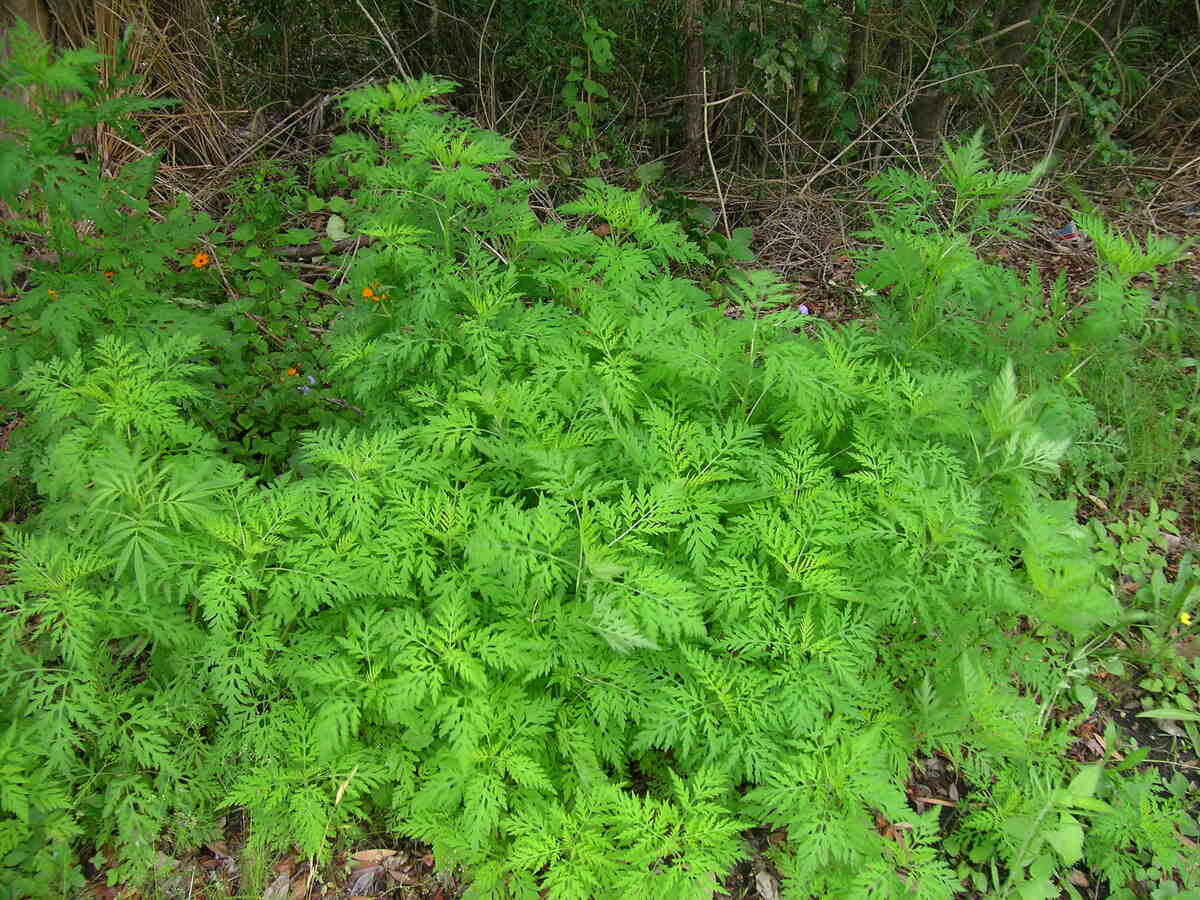
Weeds can make your Missouri lawn look more like a battlefield than a relaxing outdoor space. From chickweed to Canada thistle, we’ll break down the most common weeds in Missouri, so you can identify and tackle them head-on.
Common Grassy Weeds in Missouri
Annual Bluegrass
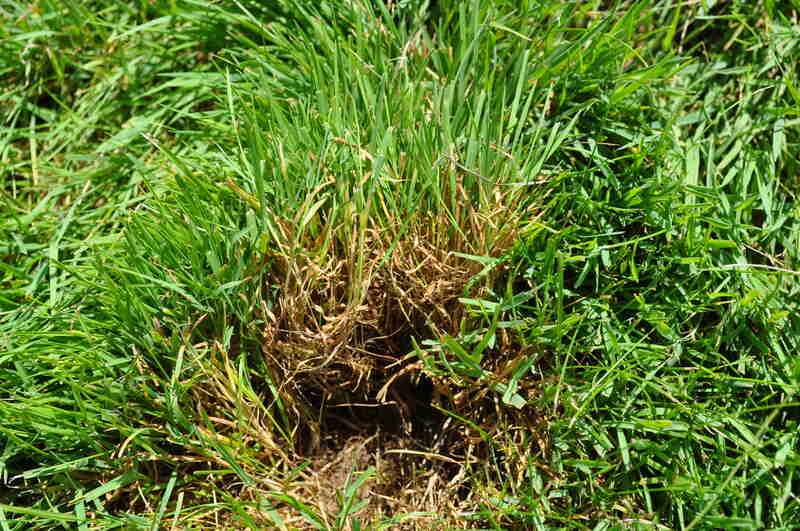
Annual bluegrass (Poa annua) is a common weed that can be found in many Missouri lawns. This weed thrives in cool, moist environments and can quickly take over bare spots in your yard. Its light green color and tufted growth can make it stand out against your regular grass. Luckily, there are a few ways to eliminate annual bluegrass.
- Life cycle: Annual
- Where it thrives: Cool, moist areas with compacted soil
Barnyardgrass
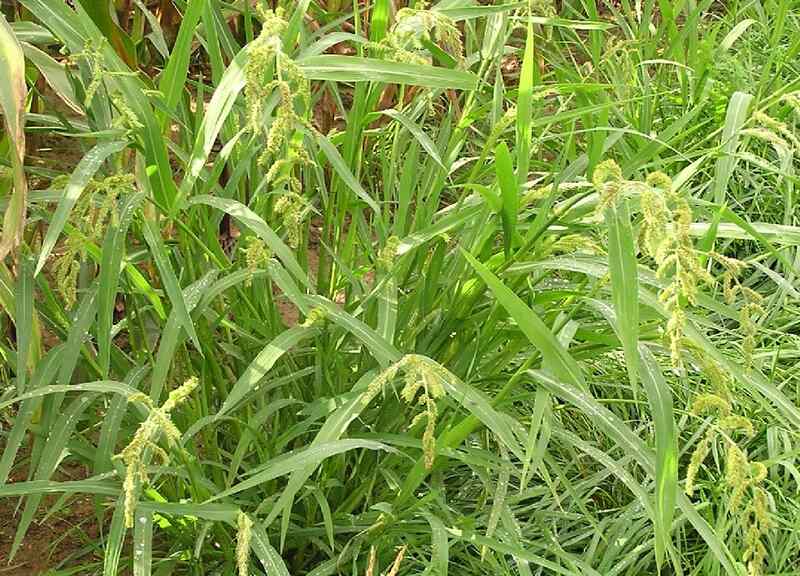
Barnyardgrass (Echinochloa crus-galli) is an aggressive weed that loves to invade lawns, gardens, and even agricultural fields. With its broad, flat leaves, this weed can grow up to 5 feet tall if you don’t keep it in check.
- Life cycle: Annual
- Where it thrives: Wet, nutrient-rich soils. Often found in gardens and crop fields.
Bermudagrass
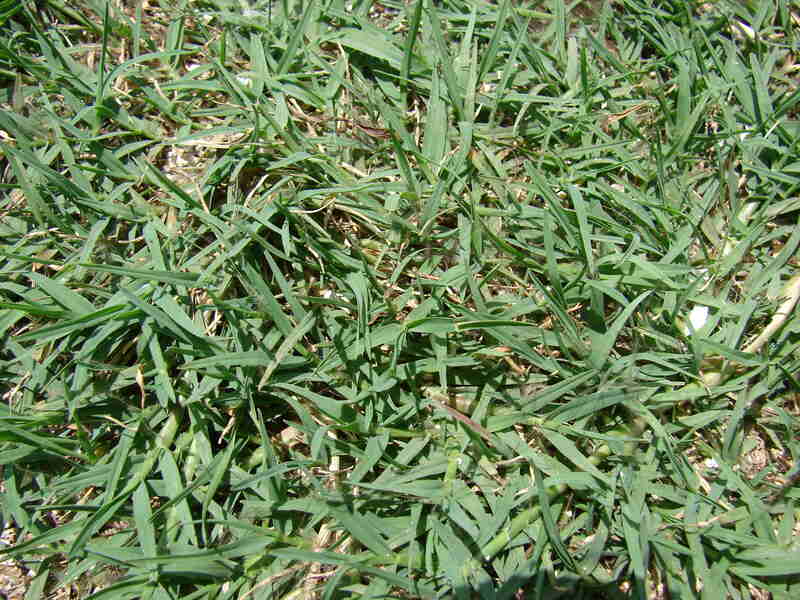
Bermudagrass (Cynodon dactylon) is a perennial weed with tough stems and a deep root system. It spreads quickly and forms dense mats that can choke out other plants. Interestingly, bermudagrass is also a popular turfgrass due to its durability. (Check out our bermudagrass guide for more information.)
However, when it invades areas where it’s not wanted, it becomes a troublesome weed due to its aggressive growth. If you’re dealing with this grass, learning how to keep bermudagrass out of flower beds can be particularly useful.
- Life cycle: Perennial
- Where it thrives: Warm, sunny areas with well-drained soil
Bristly Foxtail
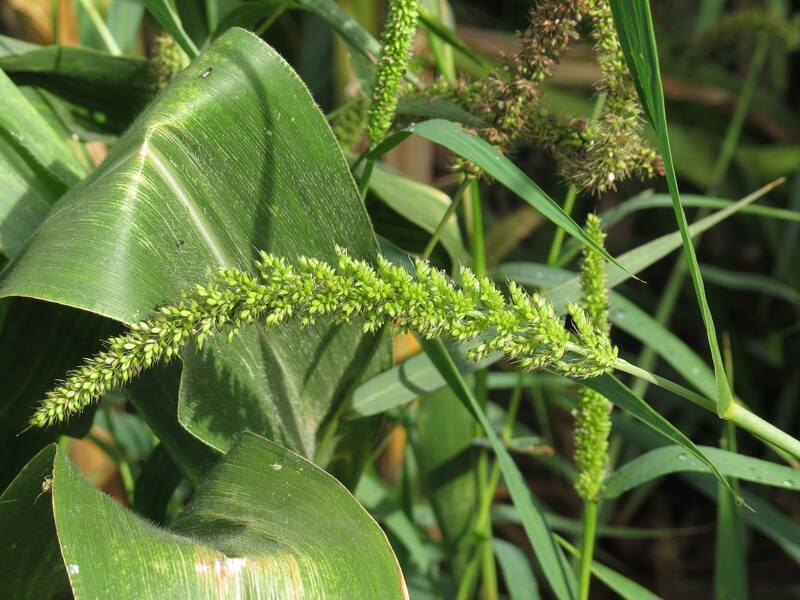
Bristly foxtail (Setaria verticillata) is a pesky summer weed that you’ll often find sticking to your clothes and pets thanks to its bristly seed heads. This weed can grow up to 3 feet tall and has a shallow root system.
Note: The bristles of bristly foxtail can cause irritation and rashes on the skin when they come into contact.
- Life cycle: Annual
- Where it thrives: Disturbed soils and open areas with full sun
Broadleaf Signalgrass
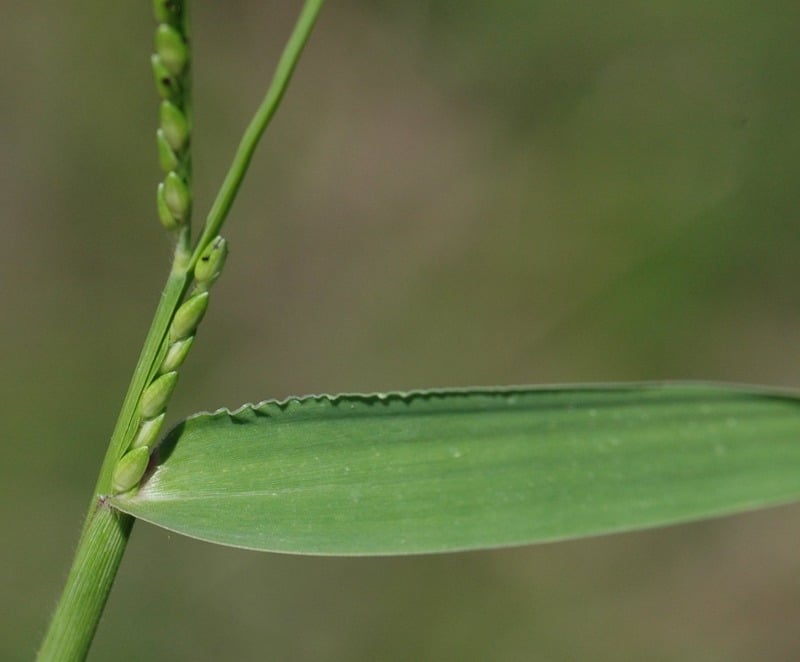
Broadleaf signalgrass (Urochloa platyphylla) is a warm-season weed that loves to cause trouble in your lawn and garden. With its broad leaves, it forms dense mats that can easily outcompete the plants you actually want to grow.
- Life cycle: Annual
- Where it thrives: Moist, fertile soils in full sun
Dallisgrass
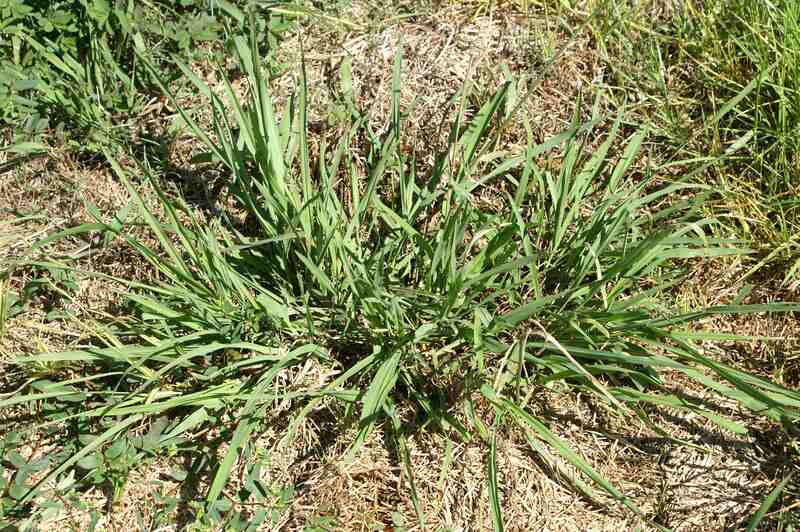
Dallisgrass (Paspalum dilatatum) is a tough perennial weed with a bunch-type growth habit. Its broad, coarse leaves and unsightly seed heads can be a real eyesore. Once it takes hold, it can be quite stubborn and hard to eliminate, but there are some ways to get rid of dallisgrass.
- Life cycle: Perennial
- Where it thrives: Moist, fertile soils in full sun to partial shade
Goosegrass
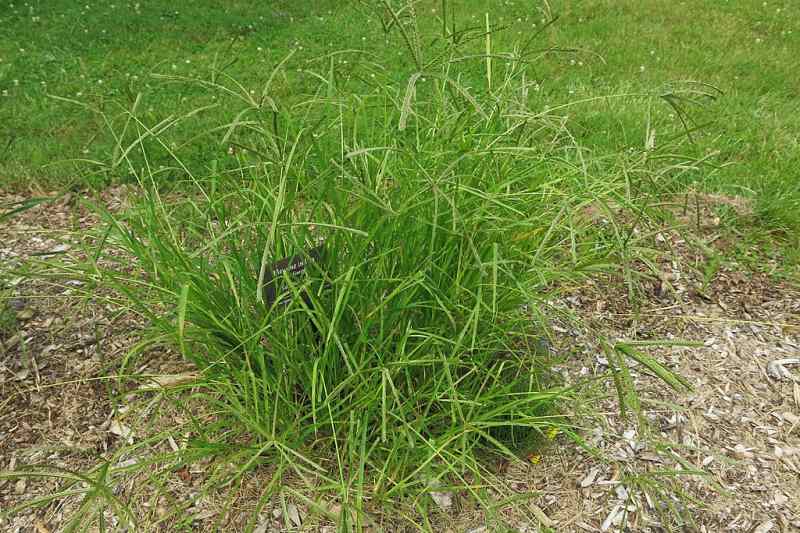
Goosegrass (Eleusine indica) has a flat, mat-like growth habit and is easy to spot with its white, flattened stems. It loves compacted soils and plenty of sunshine. It can also survive in some of the harshest conditions, making it one of the toughest weeds to control. Check out some methods to get rid of goosegrass in our article.
- Life cycle: Annual
- Where it thrives: Compacted soils in full sun
Johnsongrass
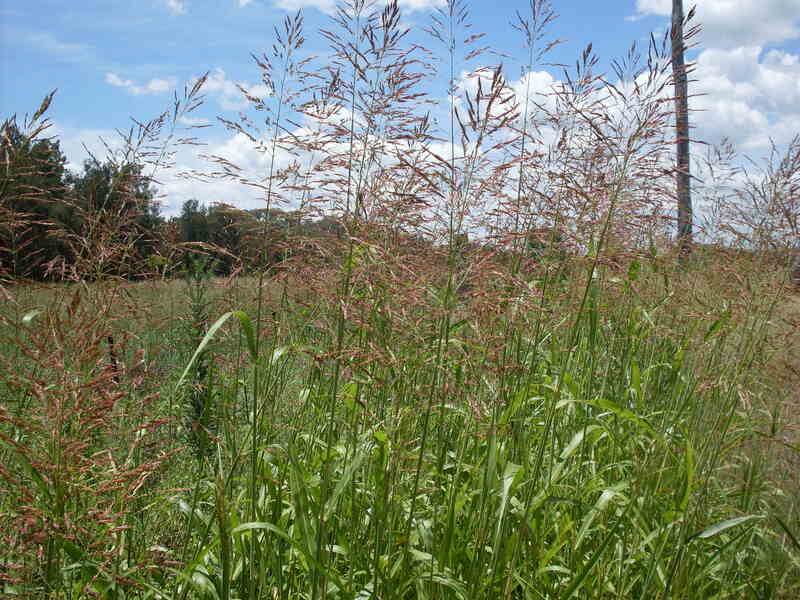
Johnsongrass (Sorghum halepense) is a giant among weeds, growing up to 8 feet tall. Known for its aggressive growth, it spreads both through seeds and underground rhizomes, making it a persistent pest in moist, fertile soils.
Learn ways to get rid of a johnsongrass infestation in our guide.
- Life cycle: Perennial
- Where it thrives: Moist, fertile soils, often found in pastures and along roadsides
Large Crabgrass
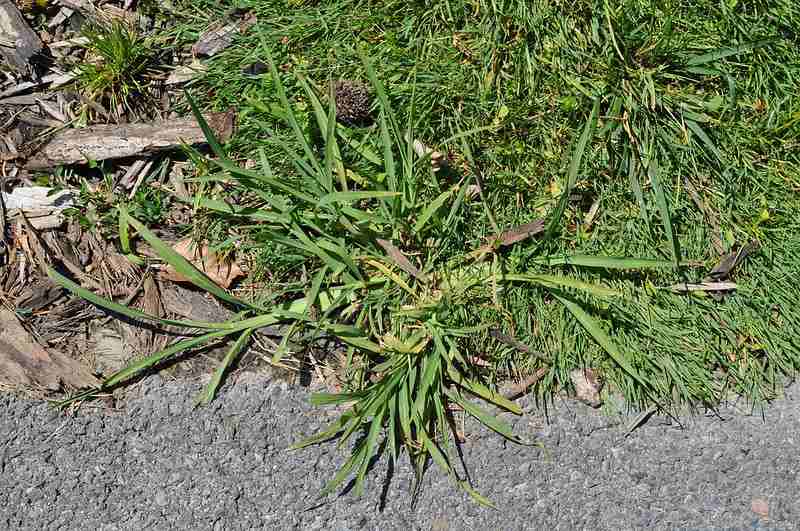
Large crabgrass (Digitaria sanguinalis) is a common summer annual weed that can quickly take over weak spots in your lawn. It has broad, hairy leaves and a low, spreading growth habit, making it a frequent invader in disturbed soils. If you’re struggling with this weed, learn how to get rid of crabgrass in your yard.
- Life cycle: Annual
- Where it thrives: Disturbed soils and thin lawns in full sun
Yellow Nutsedge
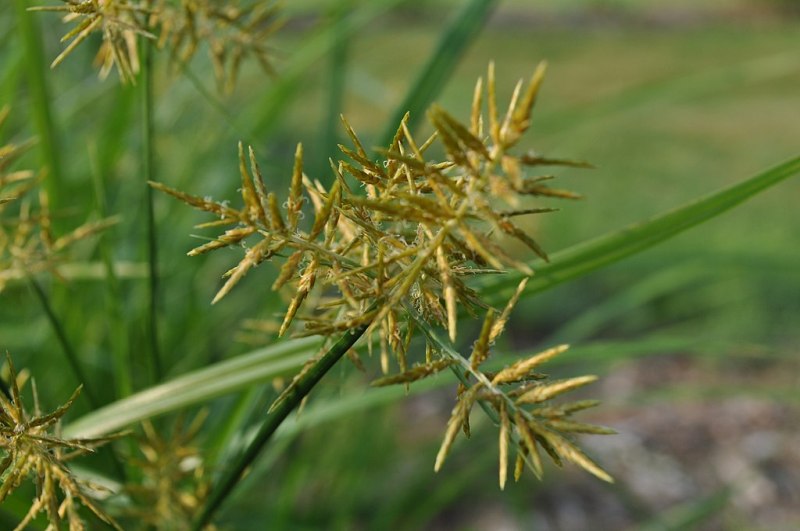
Yellow nutsedge (Cyperus esculentus) might look like grass, but it’s actually a sedge. It stands out with its triangular stems and yellow-green leaves. This perennial weed loves to spread through its tubers, also known as “nutlets.” Luckily, you can read our guide — “How to Control Nutsedge in Your Yard” — for tips on dealing with this weed.
- Life cycle: Perennial
- Where it thrives: Wet, poorly drained soils
Common Broadleaf Weeds in Missouri
Broadleaf Plantain
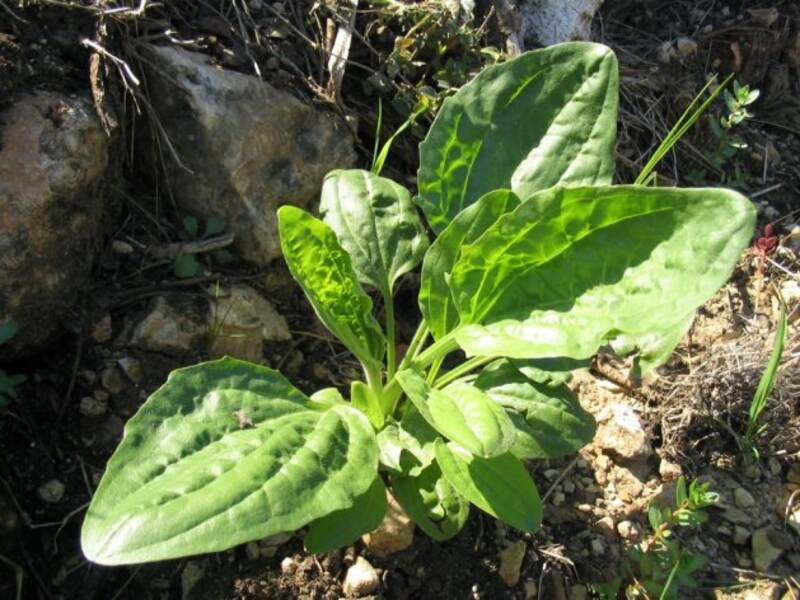
Broadleaf plantain (Plantago major) is a tough perennial weed that loves to hang out in lawns, gardens, and along sidewalks. You can spot it by its broad, oval leaves that form a rosette close to the ground. You can get rid of broadleaf plantain with spot treatments or manual removal.
- Life cycle: Perennial
- Where it thrives: Compacted soils with poor drainage
Canada Thistle
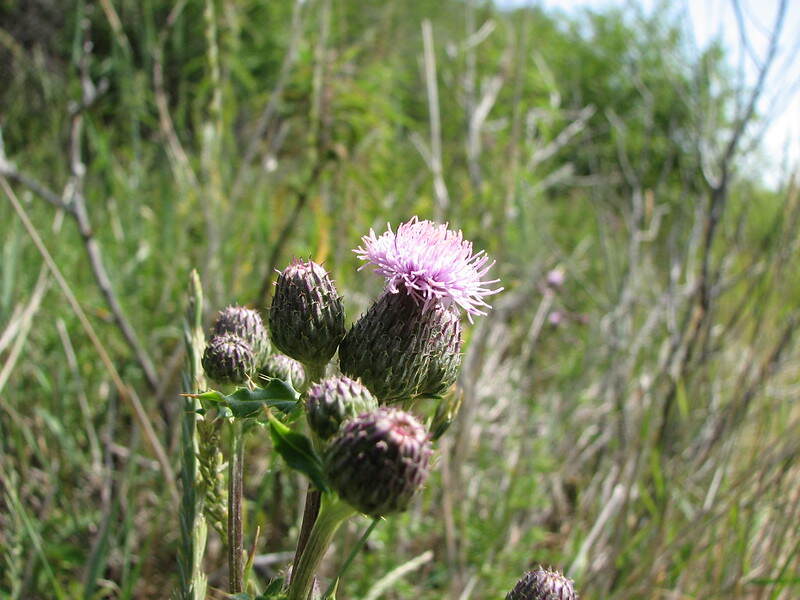
Canada thistle (Cirsium arvense) is a pesky perennial weed known for its prickly leaves and purple flowers. It spreads aggressively through seeds and underground rhizomes, so once it shows up, it can be tough to get rid of Canada thistle.
- Life cycle: Perennial
- Where it thrives: Disturbed soils in full sun to partial shade
Common Chickweed
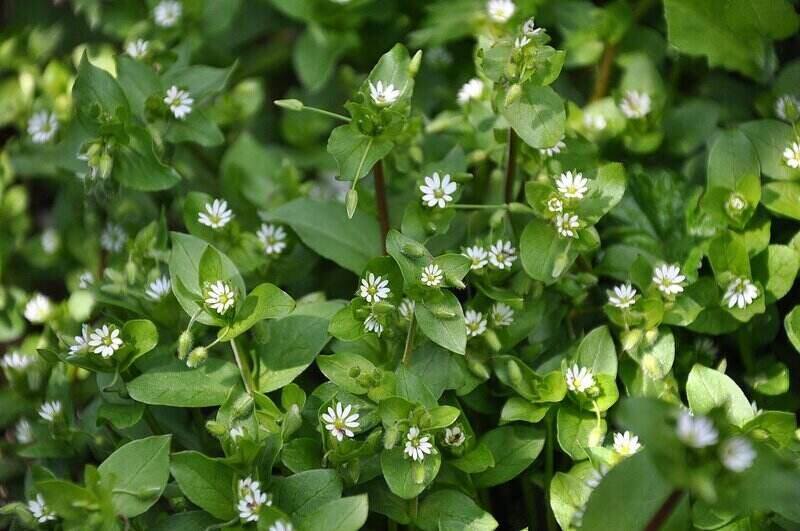
Common chickweed (Stellaria media) is a winter annual that sneaks into cool, moist, shaded areas. It has small white flowers and creeping stems that form dense mats, smothering other plants. To protect your garden, you can get rid of chickweed with herbicides and manual removal.
Note: The tender leaves of common chickweed are edible and can be used in salads.
- Life cycle: Annual
- Where it thrives: Cool, moist, shaded areas
Common Lambsquarters
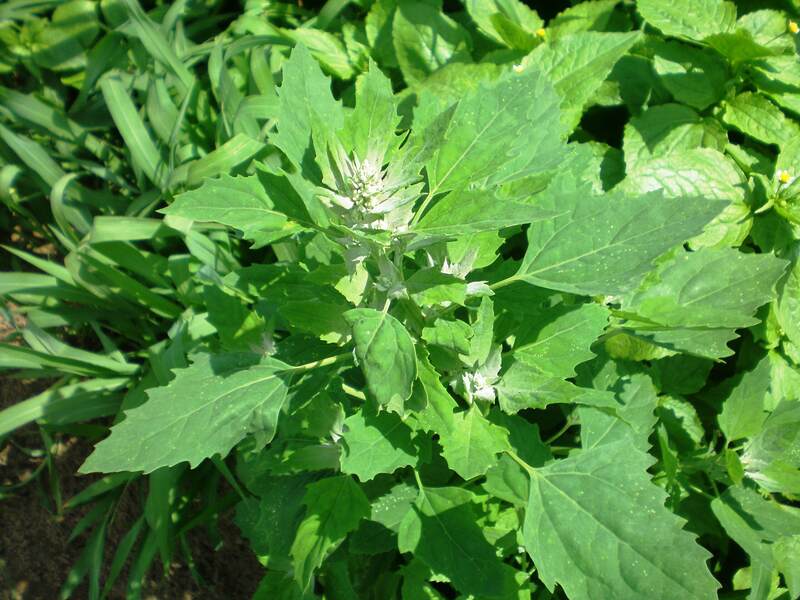
Common lambsquarters (Chenopodium album) is an annual weed that’s easy to spot with its gray-green leaves covered in a white powder-like coating. It’s a prolific seed producer, which means it can quickly become a nuisance in fertile, disturbed soils. Be sure to apply mulch to eliminate common lambsquarters at the early stages of life.
Note: Common lambsquarters is sometimes called “wild spinach” because its leaves are edible and nutritious.
- Life cycle: Annual
- Where it thrives: Fertile, disturbed soils in full sun
Common Ragweed
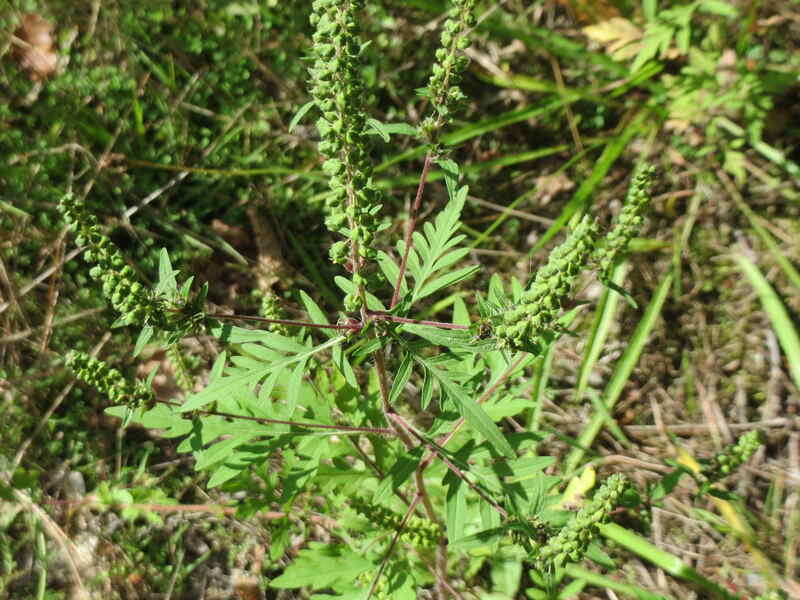
Common ragweed (Ambrosia artemisiifolia) is an annual weed with deeply lobed leaves and greenish flowers that can cause quite a bit of allergy trouble. It produces a large amount of pollen (up to a billion pollen grains per season), which is a common allergen and can trigger hay fever symptoms. Ragweed thrives in disturbed soils, especially in full sun.
For tips on how to get rid of ragweed, read our guide.
- Life cycle: Annual
- Where it thrives: Disturbed soils in full sun
Creeping Charlie
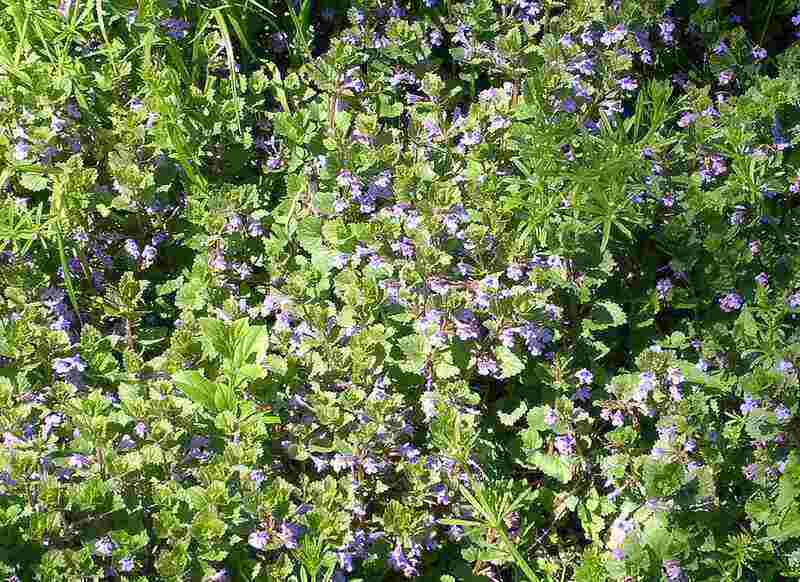
Creeping Charlie (Glechoma hederacea), also known as ground ivy, is a sneaky perennial weed with round, scalloped leaves and small purple flowers. It spreads through creeping stems called stolons and loves to take over moist, shaded spots. Though it is difficult to hand-pull this weed, it is possible to get rid of ground ivy with a lawn mower.
- Life cycle: Perennial
- Where it thrives: Moist, shaded areas
Dandelion
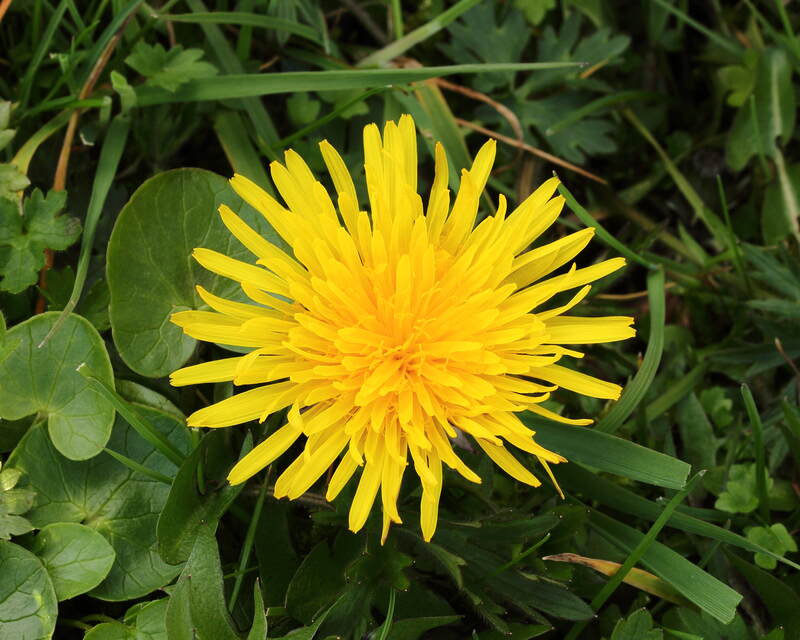
Dandelion (Taraxacum officinale) is a weed with bright yellow flowers and a deep taproot. Its fluffy seed heads can travel far and wide, making it a common sight in lawns and gardens. An easy way to get rid of dandelions is through mulching.
Note: Every part of the dandelion plant is edible, from the roots to the flowers.
- Life cycle: Perennial
- Where it thrives: Lawns, gardens, and disturbed soils in full sun
Field Bindweed
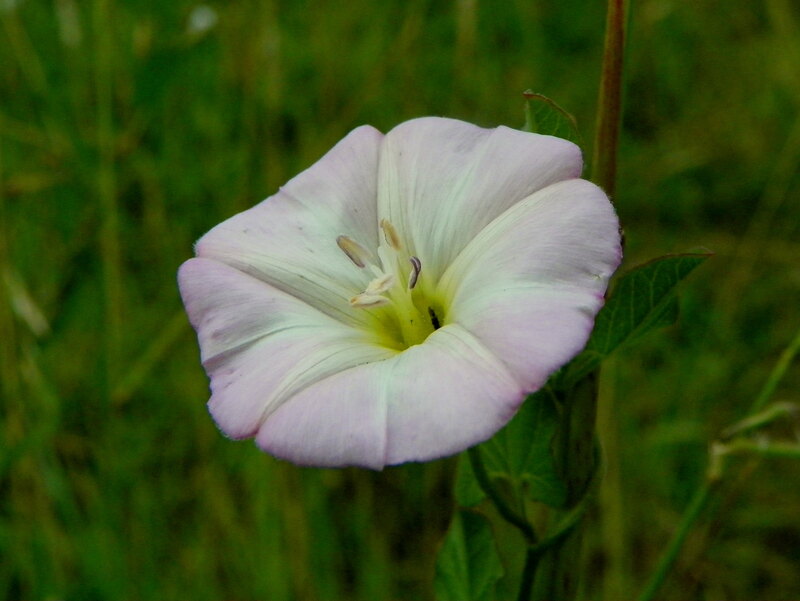
Field bindweed (Convolvulus arvensis) is a tough vine with arrow-shaped leaves and white or pink funnel-shaped flowers. Its roots can grow up to 20 feet deep, making it extremely hard to eradicate. Read our guide to learn how to eliminate field bindweed.
- Life cycle: Perennial
- Where it thrives: Disturbed soils in full sun
More Lawn Care and Landscaping Resources for Missouri
Need more lawn care and landscaping tips for Missouri? Whether you’re new to lawn care or looking to enhance your outdoor space, these articles have you covered:
- Best Grass Seeds for Missouri
- Best Trees to Plant in Missouri
- Best Landscaping Plants for Your Missouri Yard
FAQ About the Most Common Weeds in Missouri
How can I prevent weeds from taking over my lawn?
Regular lawn maintenance, including proper mowing, watering, and fertilizing, can help keep your grass healthy and less susceptible to weed invasions. Mulching garden beds can also help suppress weed growth.
What’s the best way to remove weeds?
Hand-pulling weeds is effective for small infestations. For larger areas, consider using herbicides that target specific types of weeds. Always follow the label instructions for safe and effective use. For detailed guides on weed control, see:
- Guide to Weed Control in Your Yard
- How to Get Rid of Stubborn Weed in Your Grass
- How to Remove Weeds From Gravel
- Applying Post-Emergent Herbicides to Your Lawn
- When and How to Use Pre-Emergent Herbicides to Kill Your Lawn’s Weeds
Are there natural methods for controlling weeds?
Yes. There are plenty of organic herbicides you can use to control weeds. You can also use mulch to block sunlight from reaching weed seeds, making it harder for them to grow. Lastly, homemade weed killers can also be effective against some weeds.
Let a Lawn Pro Help You
Weeds can be a real nuisance, but with a little knowledge and effort, you can keep them under control. Remember, a healthy lawn is your best defense against weeds. So, keep up with your lawn care routine, and don’t hesitate to contact a lawn expert for help.
Whether you’re in St. Louis, Kansas, or Jefferson, we have local lawn treatment pros who can handle all your lawn care needs. With their expertise, you’ll have a weed-free landscape in no time.
Main Image Credit: Harry Rose / Wikimedia Commons / CC BY 2.0